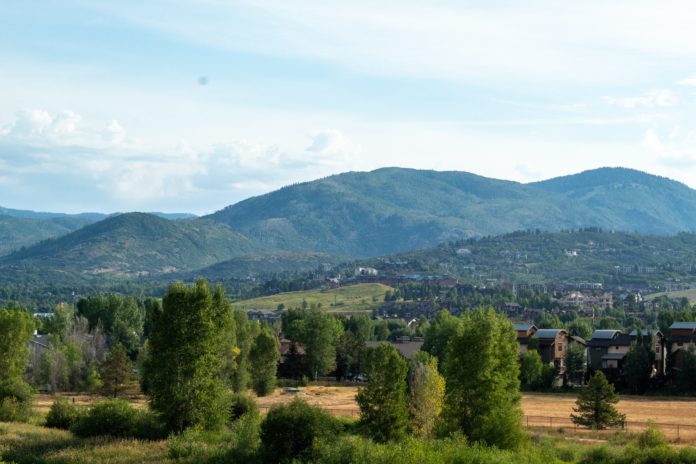
In 1980, Steamboat Springs was sued by two condo associations for closing an intersection. The case settled out of court the following year but touched on multiple complex areas of the law including procedural processes for city planning, traffic flow considerations and easements and property rights disputes.
According to the Steamboat Pilot, the lawsuit was over the closing of the intersection of Cornice Road and Mt. Werner Road. The two condo associations represented by attorney Rob Stickler alleged the city didn’t follow the appropriate procedure before deciding to make Cornice Road a dead end.
Settling out of court, the city reportedly agreed to require a connecting road go through an adjoining and undeveloped property when plans are brought to the city, to evaluate traffic flow and possibly install a traffic light at the intersection at issue and to build a pathway between the condos and a bus stop near the intersection.
According to the Steamboat Pilot, the intersection in this case was realigned, resulting in a substantial elevation increase of Mt. Werner Road. City engineers termed the intersection unsafe.
Stickler reportedly said the city decided to settle after reviewing the engineering designs and it also offered to take two of the requested actions when it made the decision to close the intersection.
“The city has enough property to make a ‘T’ at the former intersection,” Stickler told the Steamboat Pilot in December 1981. “It would be to everyone’s advantage to have a cul-de-sac, and if it doesn’t take too much property, the condominium owners may be willing to donate some land for a cul-de-sac.”
The state Department of Transportation calls for various considerations related to intersections in its roadway design guide like traffic flow, functionality and economic factors. The guide notes the different types of at-grade intersections and explains which type should be used based on the number of intersecting “legs,” topography, traffic pattern and the desired operation outcome. In this case, the topography and grading were impacted following a realignment of the intersection in Steamboat Springs.
The state’s guidelines also note the ideal angles for intersection alignment and some special design and control features that would mitigate a skew outside of the recommended desirable angle range. The city, in this case, may have attempted to mitigate the elevation increase caused by the realignment by making the intersection into a dead end.
Colorado’s easement laws, which were discussed at length in a state Supreme Court case in 1998, dictate the rights may be conferred by grant of prescription from the holder. Stickler noted the condominium owners in this case were willing to donate any additional land needed to the city in order to make the cul-de-sac.

